AI was a central theme at GDC 2025 on multiple fronts: as a toolset for game production, a co-designer, a legal and ethical challenge, a transformative force, a testing automaton, and even a game companion. Two summits on Game AI and Machine Learning explored both the rich history and current industrial applications of AI in game design. Executive panels analyzed AI business cases and discussed the future of AI technologies. Instead of focusing on AGI or singularity speculation, the event leaned into hands-on workshops, practical advice, and grounded skepticism. There was more revision than vision – on so many levels.

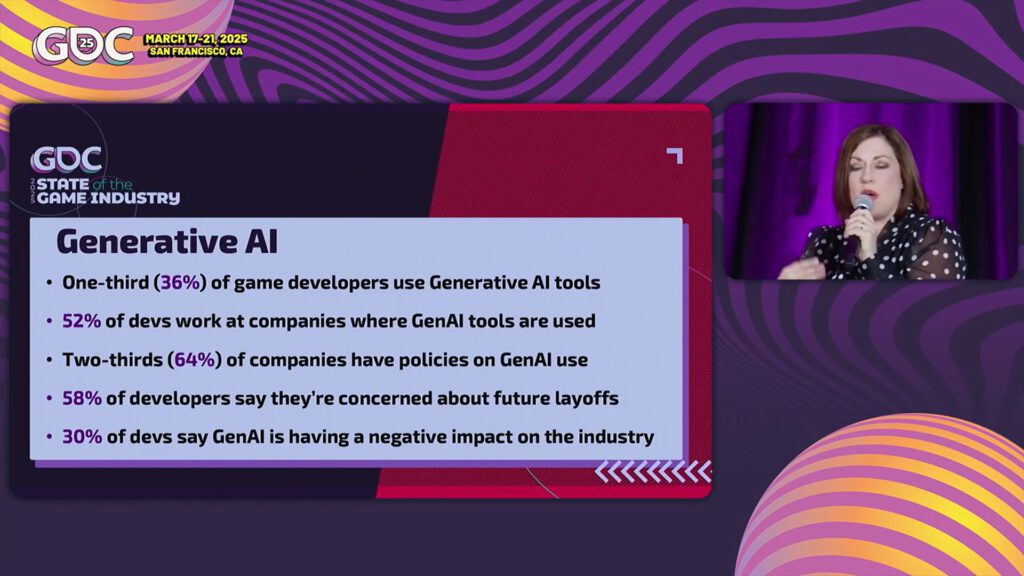
Automation is impacting the industry at a moment marked by self-imposed stagnation, rising development costs, and challenging global trade conditions. Debates around AI’s production value were split between concerns about its readiness for mainstream deployment and anxieties over the potential erosion of creativity – especially with generative AI. Legal ambiguities, hidden costs, and increasing dependencies come bundled with accelerated asset creation, richer world-building, complex interaction design, and enhanced computing capabilities.
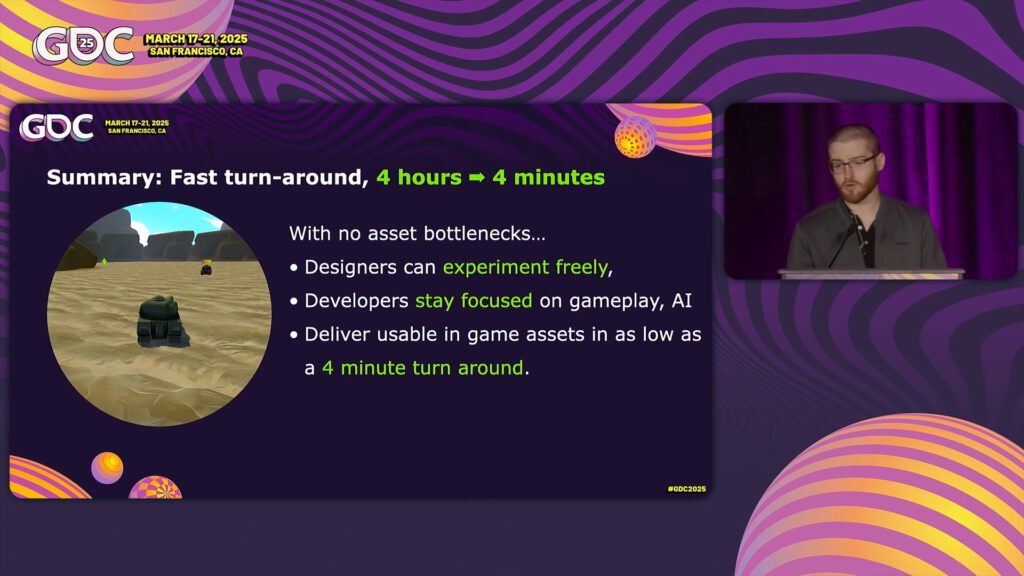
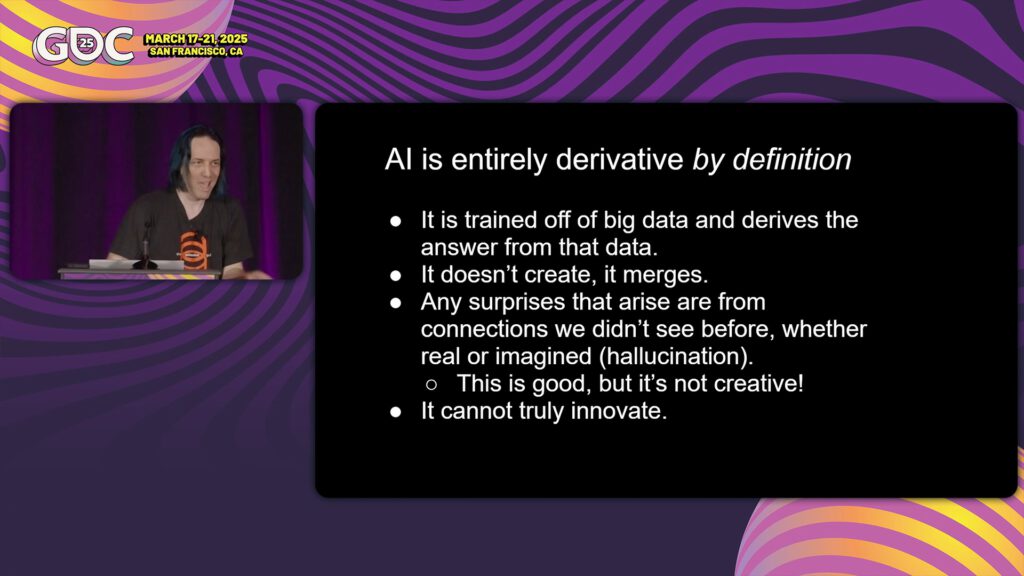
Post-mortem production lectures shed light on the evolving challenges: managing data for complex NPC ecosystems, refining multiplayer interactions with AI companions, integrating voice communication for hybrid team dynamics, and leveraging granular player behavior analytics for design optimization. While AI tools are still advancing, their development already marks a significant chapter in game industry history. In many ways, the relationship between AI research and game design is now mutually influential.


Pathfinding is no longer just a technical concern for NPC coordination – it now symbolizes the broader challenge of balancing automation with creativity. Developers must navigate the fine line between originality and efficiency, while players increasingly experience gameplay shaped by the predictive analysis of their past behaviors. From gameplay suggestions to dynamic feedback from artificial companions, one thing is clear: in AI-driven gaming, you never walk alone.
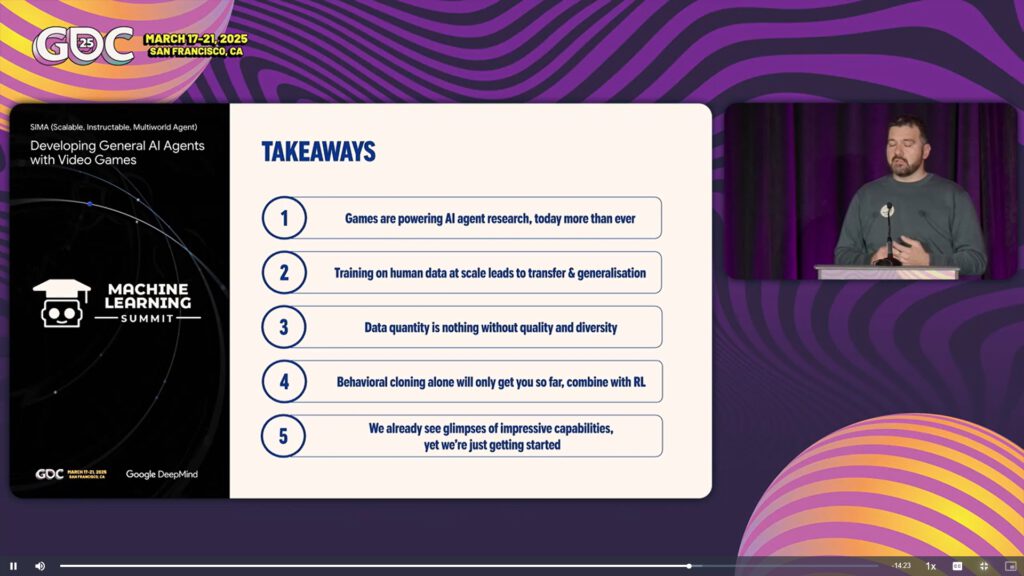
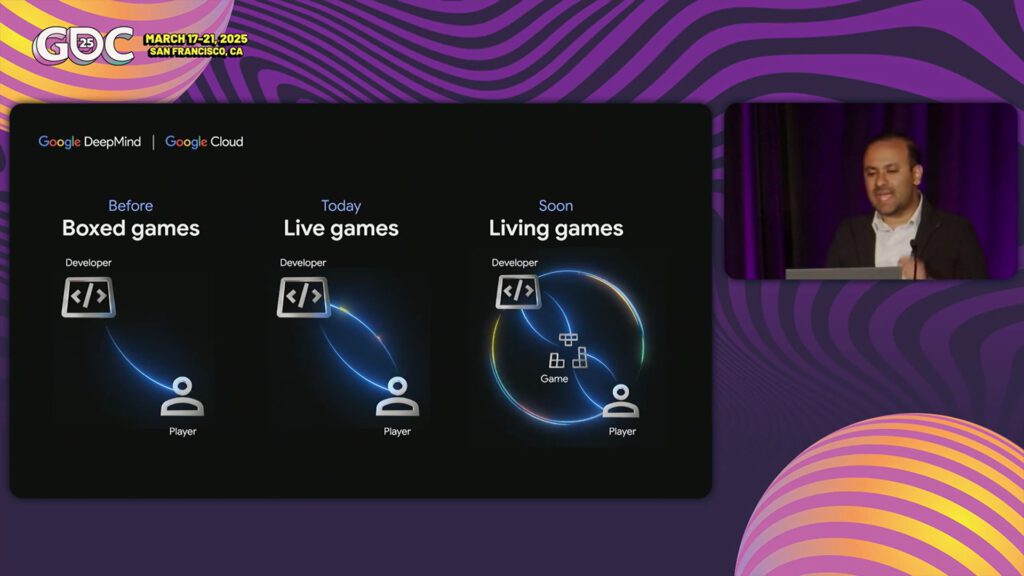
As the game industry integrates AI more deeply into both production and play, its future will depend on a careful balance – between innovation and caution, automation and authenticity. The real game ahead may not just be about designing with AI, but designing around it – for our own sake.

